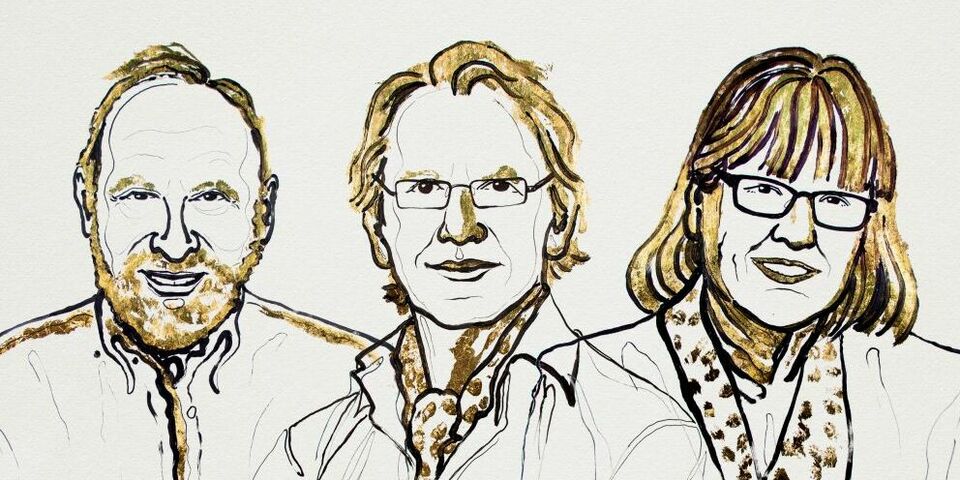Nobel Prize in Physics for revolutionary laser technology
This year’s Nobel Prize in Physics is going to the inventors of the ‘optical tweezers’ (American Arthur Ashkin) and a method for generating high-intensity laser pulses (Frenchman Gérard Mourou and Canadian Donna Strickland). Both inventions date back to the 1980s and today form an important tool for scientists in various fields. High-intensity laser pulses are also used in the industry, for example for microfabrication and for precision surgery.
TU/e Professor Jom Luiten, head of the Coherence and Quantum Technology group, uses the CPA (chirped pulse amplification) technology conceived by Mourou and Strickland every day. Luiten: “The laser amplifiers that are based on CPA have been available on the market for many years and have by now become a standard product that is used by a great many laser scientists.” In addition, entire industries are based on CPA, he emphasizes, by means of the femtosecond-lasers that enable us to process materials extremely rapidly and accurately. “Years ago I said already that Mourou should be awarded the Nobel Prize for this, so I think it is fully justified.”
The technology developed by Gérard Mourou and Donna Strickland (at the time a PhD candidate with Mourou at the University of Rochester in New York) makes it possible to increase the intensity of laser pulses without causing any damage to the amplifying material. The trick involved is first to stretch the pulses in time, then to amplify them, and finally to compress them again.
Tweezers
The other half of the Nobel Prize is going to Arthur Ashkin, the inventor of the ‘optical tweezers’. He showed that you can ‘grab’ small particles in the focus of a laser beam, such as polystyrene balls, but also bacteria, viruses and even molecules and atoms.
The optical tweezers have become an important tool in biophysics, says TU/e Professor Menno Prins from the Molecular Biosensing for Medical Diagnostics group. “You can study separate molecules with them under a microscope. We do so now by means of other techniques, for that matter, such as magnetic tweezers and atomic force microscopy. I know Ashkin as a colleague from scientific literature, although the research we conduct is more application-oriented. You could regard us as the next generation.”


Discussion